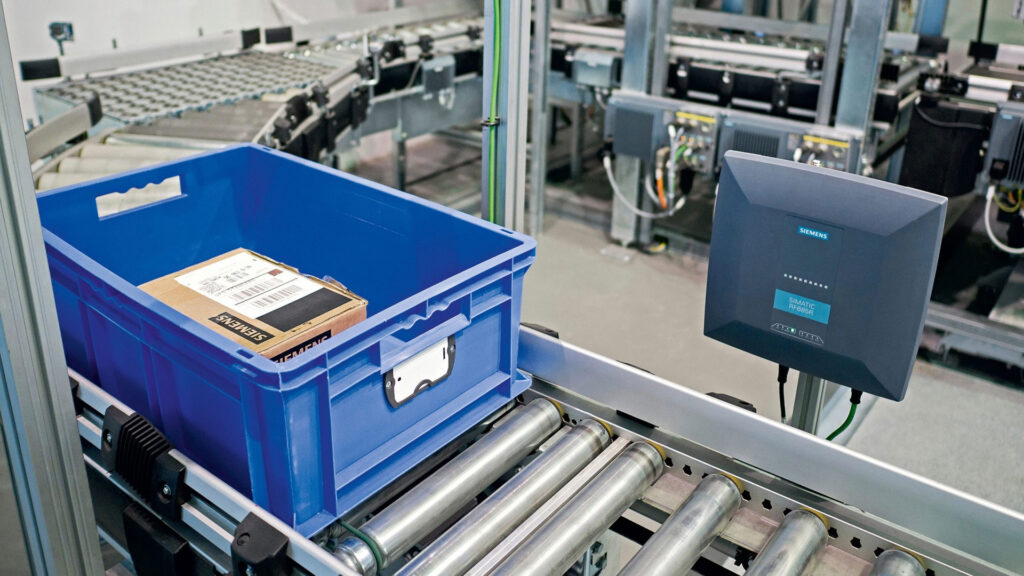An Easy Way to get Machines and Materials Talking to your ERP

Back in the Day
Around twenty years ago, I was working for the largest food and beverage company in the world as part of a decision making team tasked with identifying and cost justifying an Enterprise Resource Planning system (ERP). ERP systems are essential for businesses who need to orchestrate activities involved with the manufacturing of goods, and we needed an Orchestra.
If you are not familiar with ERP systems, here is what Investopedia has to say about it:
“A process used by companies to manage and integrate the important parts of their businesses. Many ERP software applications are important to companies because they help them implement resource planning by integrating all of the processes needed to run their companies with a single system. An ERP software system can also integrate planning, purchasing inventory, sales, marketing, finance, human resources, and more.”
Our factory was experiencing major production constraints, driven by high demand. We also had the challenge of managing a diverse product offering. We didn’t produce one food product, we produced over 100 different product variations, including ingredients, packaging, and size combinations.
We had become very comfortable with chaos, managing lots of changes, lots of materials, lots of short production runs, and lots of labor burden. Needless to say, we were not very efficient. Something had to be done, and that something was implementing a 25 million dollar ERP system.
I am going somewhere with this blog, and it is not about the importance of an ERP system, but rather the importance of bringing an ERP system to life with real-time production feedback.
You may be wondering, why real-time production feedback is so important? The answer is simple, consumers want their goods as fast as humanly possible (thank you, Amazon) and the faster an order can be fulfilled, the happier your customers will be. Real-time feedback helps identify bottlenecks and make educated adjustments to achieve production goals.
Cost Justifying 25 Million Dollars
Our team’s job to select an ERP system was easy, the hard part was needing to justify a 25 million dollar investment in less than five years. There was no doubt that the system could be the conductor for manufacturing operations, however, we quickly identified that the business system lacked speed and agility, leaving us with questions in need of answers.
- What if a production line experienced hours of unplanned downtime or used too many materials during production?
- What if the production line never quite ran at a budgeted line speed?
- What if actual production in all the scenarios were not accounted for until after the fact?
We had to answer these in order to increase our speed and agility. The faster we could get real-time production information, the faster we could make decisions about scheduling, attainment, and order delivery.
What If Machines Could Talk?
They can! Connecting to production machines and digitized spreadsheets allowed for real-time production feedback to the ERP system. This was precisely our approach to justify that huge investment in less than five years. Now back in those days, this approach required a lot of engineering effort. However, if we were to do it again today, the technology approach would look significantly different.
In recent years, a cost-effective alternative has emerged that lets machines talk to ERP systems without requiring massive engineering services and computing infrastructure. You can talk not only to machines, but also to your materials. Turn-key RFID solutions, like Locera, are now available with a robust API. Access to the API of an RFID system allows for sharing identification and area data with any modern system, giving you more tools to optimize your operation.
Imagine these examples:
Material Usage
Imagine the correct materials moving from the warehouse to production and the ERP system being updated automatically. Production scheduling would benefit from real-time production feedback with increased accuracy of material availability for future production runs.
Waste Reduction | Eliminate Production Recalls and Holds
Imagine machines communicating with an RFID tag that provides identification data that stops the machine from producing product with incorrect materials or ingredients. The benefits would be reduced cost of rework, reduced material loss, and improved throughput.
Finished Goods
Imagine immediately knowing when a production pallet was driven into the finished goods warehouse. Finished goods improve cash to the business and cash is king.
20 Years Later
Not only has technology dramatically improved over the past twenty years, but so has its cost. Turn-key RFID solutions and cloud-native software applications are readily available and affordable for small businesses and enterprise size organizations alike. A titanic shift is happening with RFID systems in the North American market with radio-frequency identification (RFID) technologies growing from nearly $9.6 billion in 2018 to an estimated $13.5 billion by 2023.
Does your facility need speed, agility, and efficiency? Maybe RFID is the answer.

Get Started with RFID Today
Automating RFID within your facility can make things more efficient, reliable and overall easier. Locera can help you achieve this goal with a semi or fully automated workflow utilizing a mobile device or Siemens RFID Readers. Check it out online @ Locera.io or schedule a demo today!
